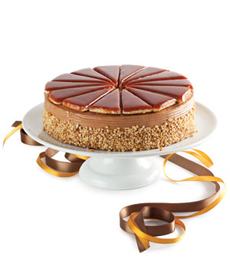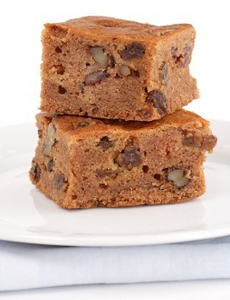|

You deserve fresh-picked oysters. Photo
by James Antrim | IST.
|
|
Willapa Oysters are grown in beds in the cleanest estuary in America: Willapa Bay, in Oysterville (yes, Oysterville!), Washington. They’re picked and shipped to you the same day, avoiding the distribution chain, where they can sit and fade for 10 days or more.
With Willapa, you eat an oyster that’s not only pristine from its surroundings, but as fresh as can be without a visit to the ocean. Two-day express shipping is required. Even with shipping, though, the cost is the same or less than you’d pay at a restaurant–and the oysters are so much better. It’s an experience you won’t believe…and an indulgence you won’t want to give up.
Willapa Bay oysters are perfect for the half shell lover wanting a bit more meat from every fresh oyster. They’re also ideal for grilled oysters, oyster stews, bisques and Oysters Rockefeller.
For many decades, the pleasure of sitting down to dozens of freshly opened oysters was a local one. Today, with online ordering and overnight shipping, the pleasure can be enjoyed by anyone fortunate enough to learn about Willapa Oysters.
Three dozen small (2-3/4 to 3-3/4 inches) fresh Pacific oysters, $48.00.
Three dozen extra-small fresh Pacific oysters, $48.00
Four dozen fresh-picked Kumamoto oysters, $76.00.
Two quarts fresh-shucked Pacific oysters, $58.00.
|




